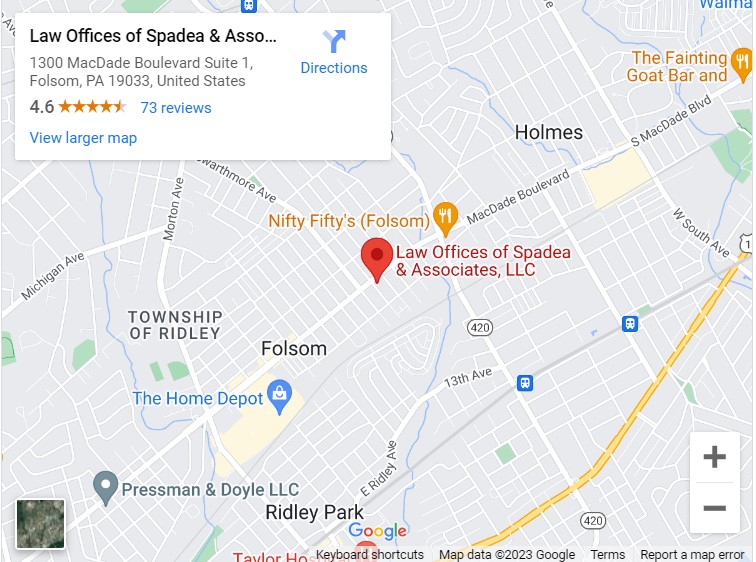
If you run a business out of your home, it’s important to understand the federal income tax deductions that you might be entitled to. That’s especially true this year, with new rules that make it easier to claim the home office deduction. A home office is generally a room in your home, or a separate building next to your home such as a converted garage, barn or shed that you use to conduct business activities. In order to deduct associated expenses, though, you must meet the following requirements:
1. Your home office must be used regularly and exclusively as your principal place of business, or as a place where you meet or deal with clients, patients, or customers, in the normal course of your business. If you have a business outside your home, but conduct substantial administrative and management tasks for your business at home such as billing clients or keeping your books and records you may qualify, provided that you have no other fixed location where you could conduct these activities.
2. The portion of your home used for business purposes must be used exclusively for business purposes. You will not qualify for a deduction if the portion of your home is also used for personal purposes. However, there are two exceptions to this rule if:
- you store inventory and product samples in your garage, or
- you use of part of your home as a day-care facility.
You may also qualify even if your home office is in a separate unattached structure next to your home, like a shed, barn or garage even though it is not your principal place of business, or a place where you regularly meet with clients. To qualify for the deduction, you must use that office (shed, barn or garage) regularly and exclusively in connection with your trade or business.
There are two methods to calculate your home office deduction. The regular method and the new simplified option. Under the regular method, you determine your actual expenses relating to your home office. Deductible expenses can include both direct expenses and indirect expenses. Direct expenses are costs that apply only to your home office, like the cost of a second telephone line. Indirect expenses are costs that benefit your entire home. Only the business portion of your indirect expenses is deductible as part of the home office deduction. Even if you don’t claim a home office deduction, some of these indirect expenses such as mortgage interest and real estate taxes may be deductible as itemized deductions on Schedule A of Form 1040. Some additional examples of indirect costs include rent, utilities and homeowners insurance. The business percentage of your home is determined by dividing the area exclusively used for business by the total area of the home. For example, if your home is 1,800 square feet and your home office is 270 square feet, your business percentage is 15% which is 270 divided by 1,800. In such a case, if you rent your home, you can deduct 15% of your rent as part of your home office deduction.
Beginning in 2013, a new simplified option is available for calculating the home office deduction. Under this method, instead of determining and allocating actual expenses, you calculate the home office deduction by simply multiplying the square footage of the home office by $5. There’s a cap of 300 square feet, so the maximum deduction available under this method is $1,500. You can’t use this method if you are an employee with a home office and receive allowances or reimbursements for expenses related to the business use of your home from with your employer. Each year, you can choose whether to use the regular or simplified method of calculating the deduction.
Additionally, you cannot deduct an unused home office deduction from a prior year using the simplified option so you will have to use the regular method to claim the unused carry forward home office deduction.
If you have any questions or need help in filing your income tax return please call Gregory J. Spadea of Spadea & Associates, LLC at 610-521-0604. Spadea & Associates, LLC is located in Folsom, Pennsylvania and we prepare tax returns year round.














